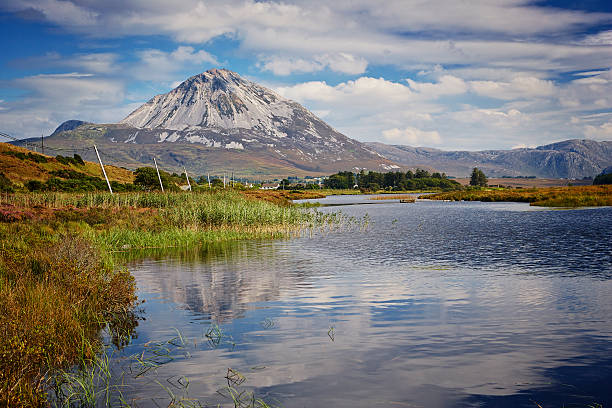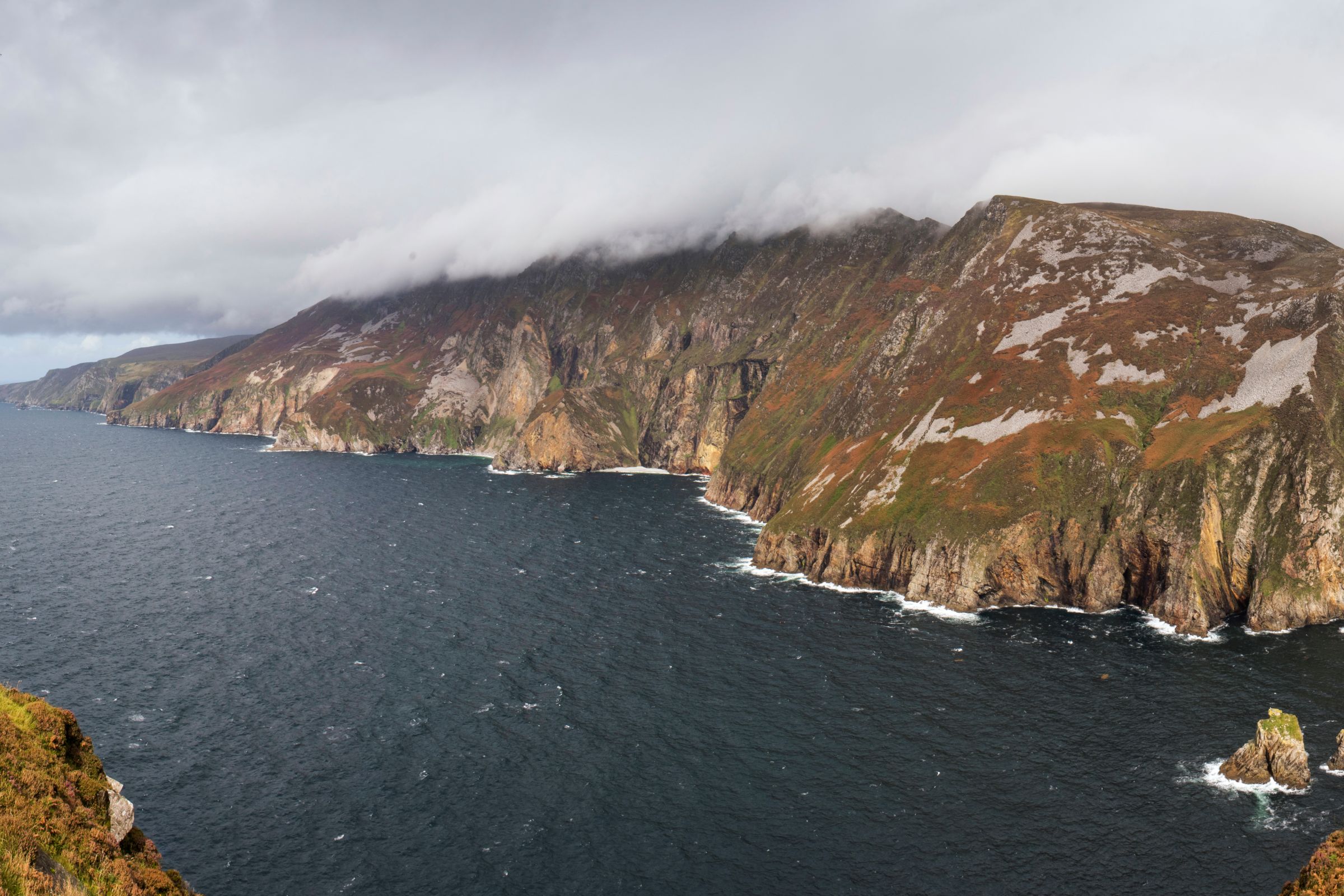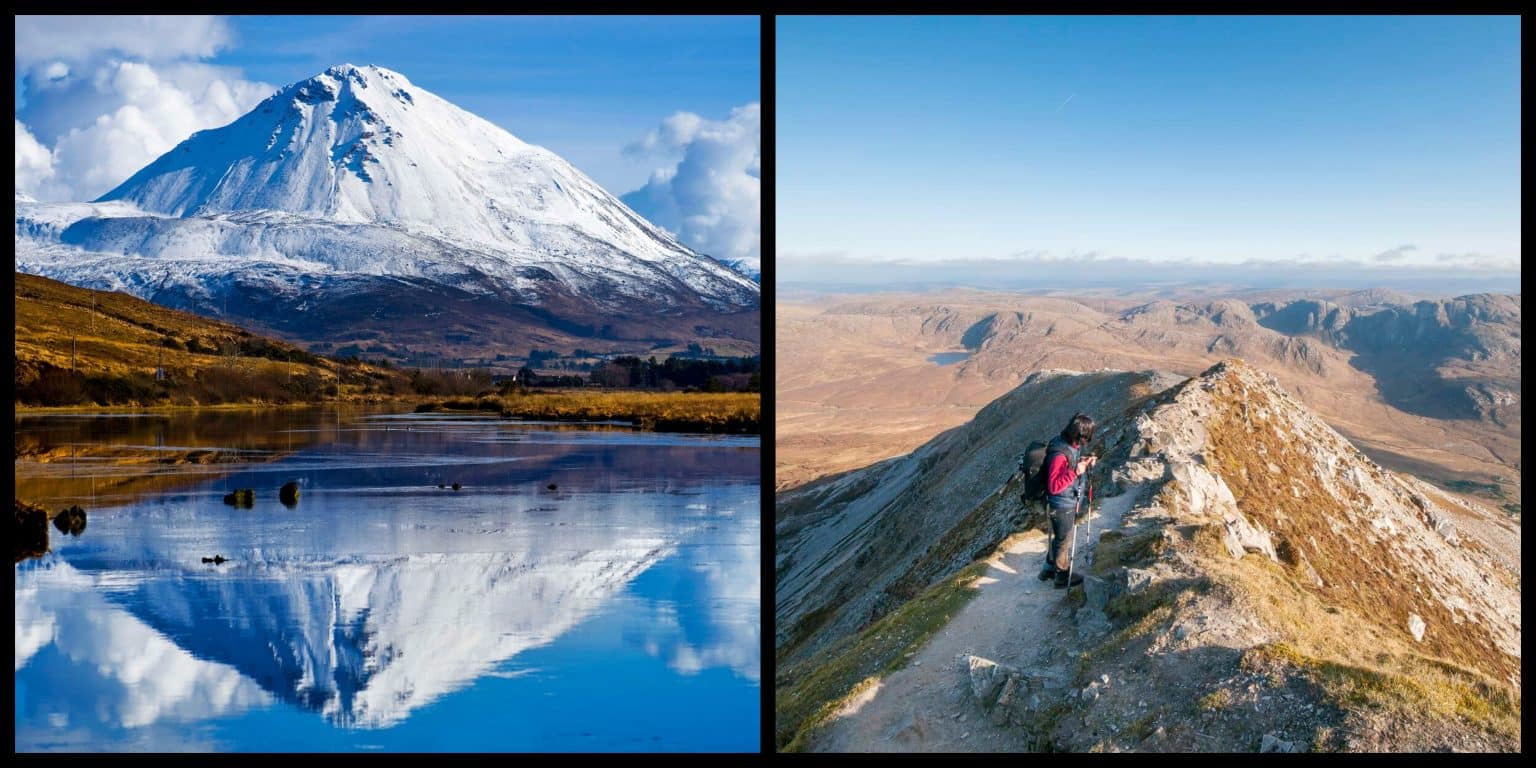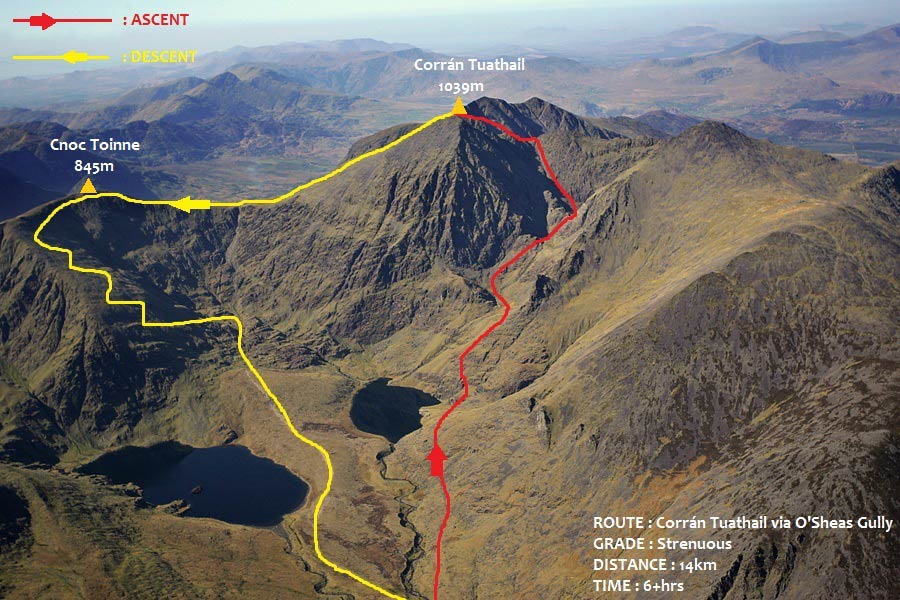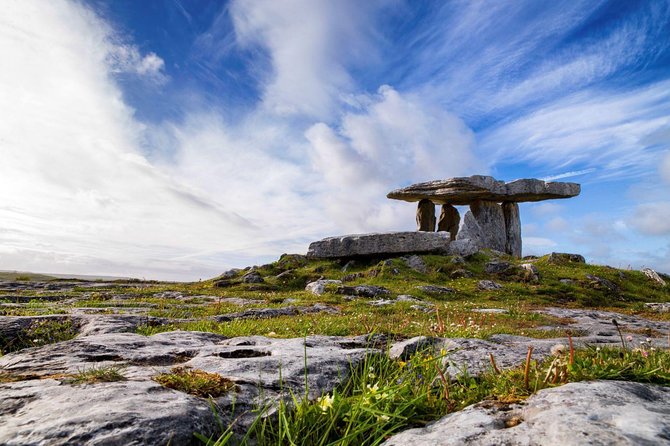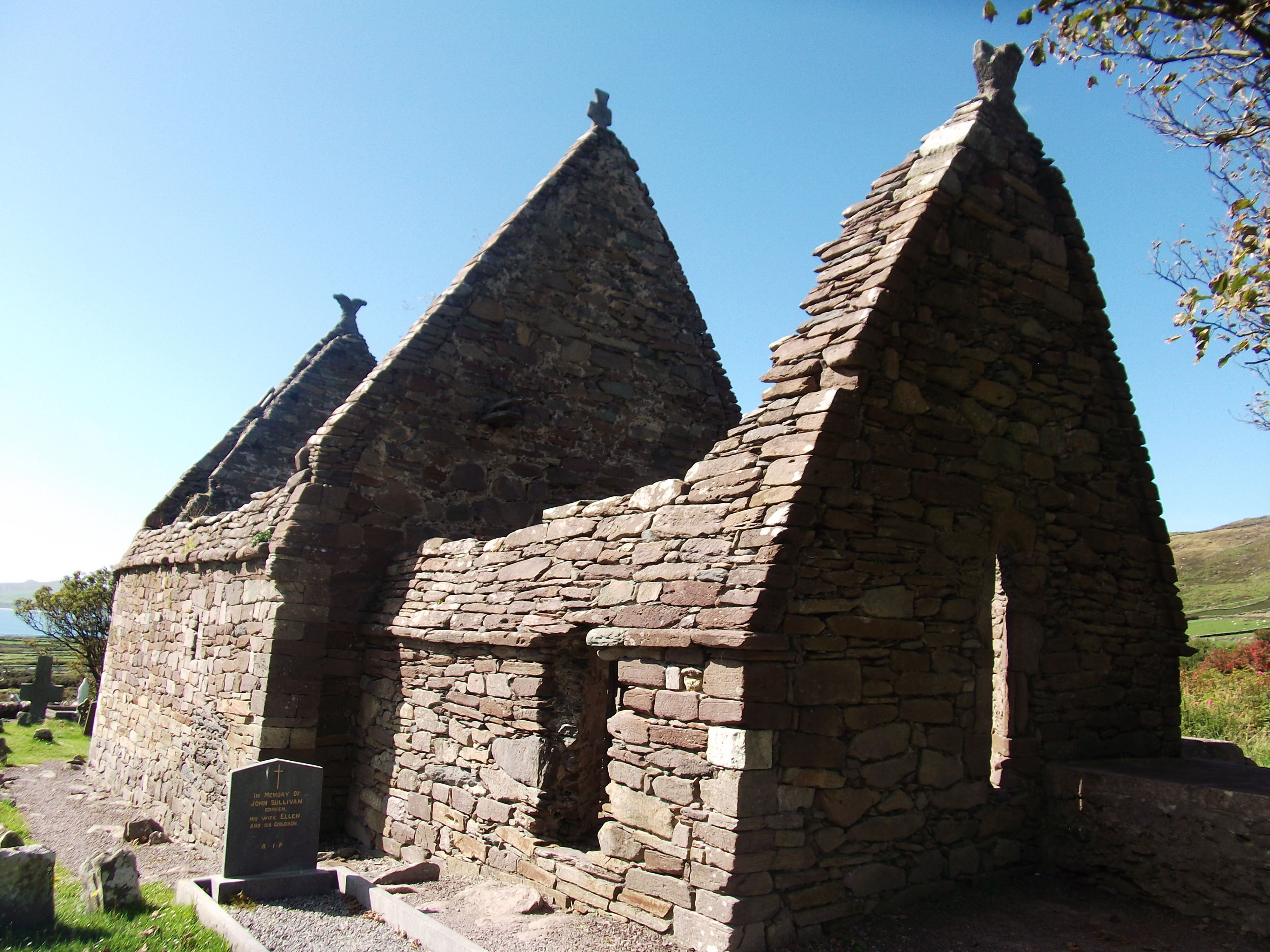Slieve Donard
Slieve Donard is the highest peak in Northern Ireland and is part of the Mourne Mountains, a mountain range in the Southeast of Northern Ireland. Slieve Donard is only 850 meters (2,790 ft.) high, but for climbing the peak you need to climb every single vertical meter, since the ascent starts literally at sea level: at Newcastle Beach. Climbing Slieve Donard is rather easy, a well-marked trail leads all the way to the summit from the starting point in Newcastle. The route is graded T2 with a few passages of T3. The trail leads through dense forests and along many small streams. About halfway up, the dense forest makes place for the typical Irish Highlands: wet, grassy slopes with boulders covered by mosses; a sign of the wet climate. Slieve Donard is a very popular mountain for local people as well as tourists. The views from the summit are great. On clear days you can see as far as Belfast (30 miles to the North) as well as Dublin (55 miles to the south). Towards the east you have tremendous views over the Irish Sea, which is only a couple of miles away from the summit. Towards the West you can see all of the other rugged peaks of the Mourne mountains, with Slieve Commedagh (767 m. /2,516 ft.), the second highest peak in Northern Ireland, dominating the view. Slieve Donard has three subsidiary peaks on the seaward side: Millstone Mountain, Thomas's Mountain and Crossone. Slieve Donard is mostly climbed from the North (from Newcastle). Another route starts in the east at Bloody Bridge, where the bloody bridge river enters the Irish Sea. This route follows the river for a large part of the route. At the ‘’Bog of Donard’’, the saddle between Slieve Donard and Rocky Mountain, the route follows the Mourne Wall, a large stone wall built in the early 20th century, to the summit. On the summit you will find the remains of a prehistoric cairn. The Cairn measures 36 metres from north to south, 43m from east to west, and is 1m high. It appears to have been a Neolithic passage tomb, dating to a stunning 3000B.C. It is the highest known passage tomb in Britain and Ireland.
The Glen River Route
The Bloody Bridge River Route
Slieve Donard Height: 850m
Duration: 9.2km return/4-5 hours
Good for: Less experienced hikers who want a shorter walk but still be rewarded with great views
